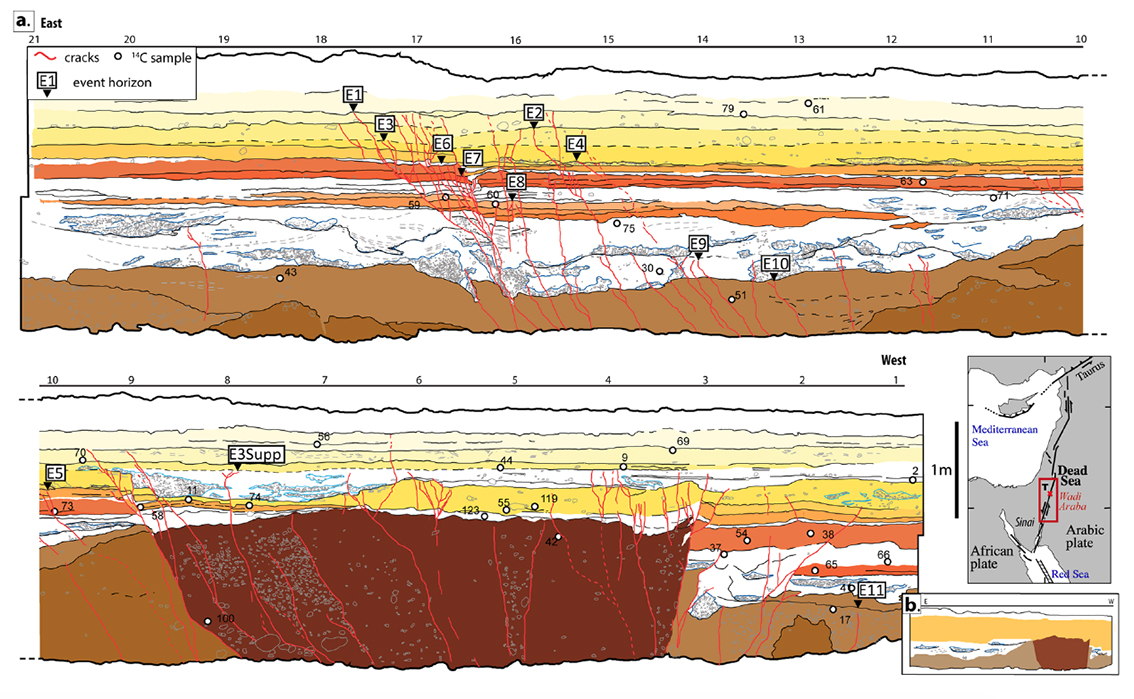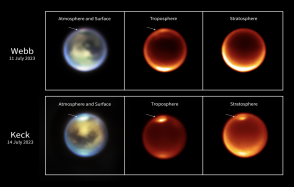Earthquake deficit and seismic hazard along the Levant Fault
Researchers from the Institut de Physique du Globe in Paris, in collaboration with scientists from Jordan's Ministry of Energy and Mineral Resources and Taiwan's National Central University, have estimated the accumulated slip deficit along the Levant Fault using paleoseismological data.

Publication date: 28/04/2018
Press, Research
Related teams :
Tectonics and Mechanics of the Lithosphere
Related themes : Natural Hazards









